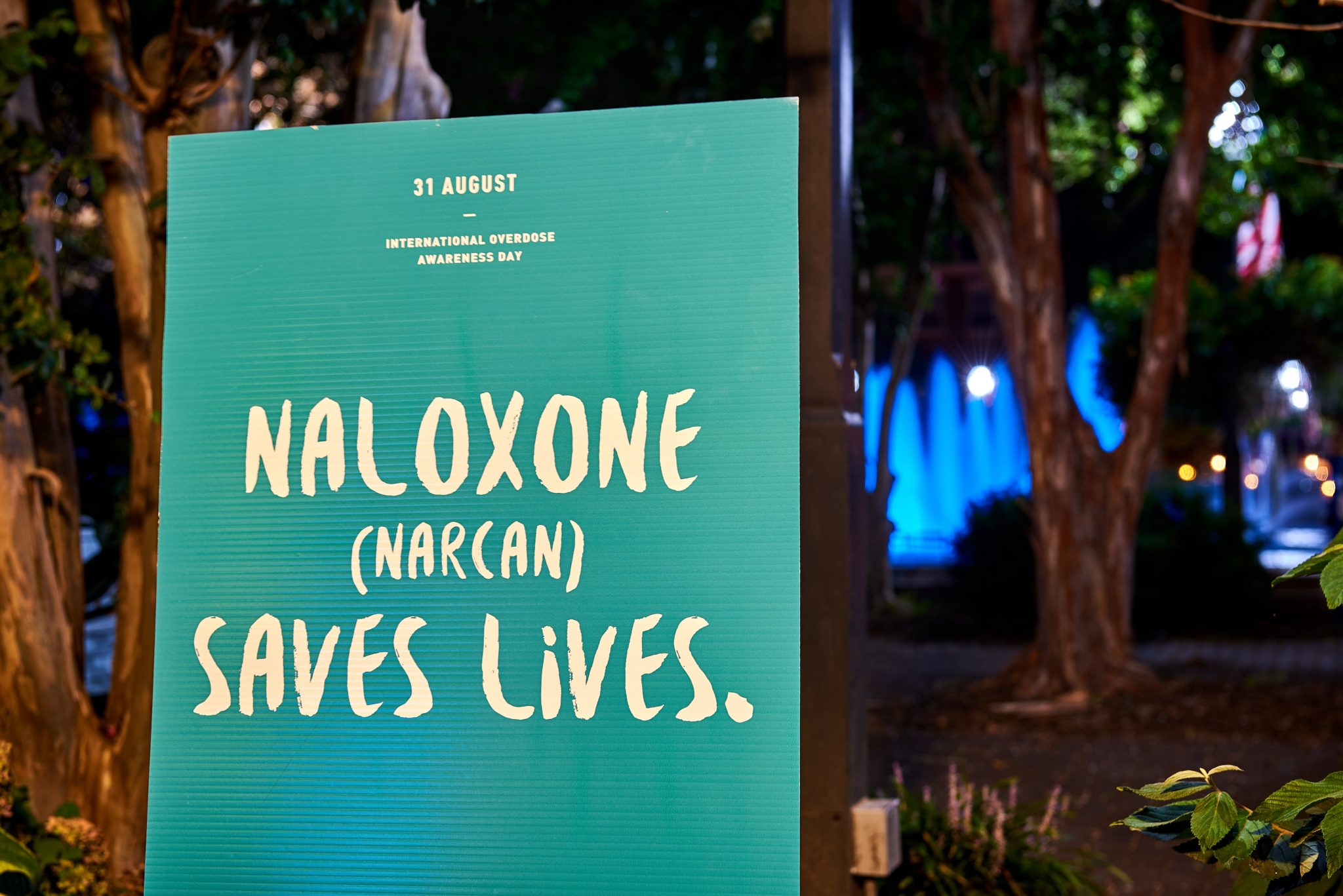Bathed in Teal, Alexandria City Hall Raises Awareness of Opioid Recovery

ALEXANDRIA, VA – International Overdose Awareness Day is today, Aug. 31. Alexandria City Hall has been bathed in teal since Sunday. The facade of the city landmark will remain that color until Sept. 1. The color represents addiction recovery awareness.
An annual campaign since 2001, International Overdose Awareness Day has a four-part-goal: end overdose incidents, remember – without stigma – those who have died, acknowledge the grief of family and friends, and help people learn that substance use issues can be treated.

According to preliminary data from the Centers for Disease Control and Prevention, drug overdose deaths in the United States rose 29.4 percent in 2020 to an estimated 93,331, including 69,710 involving opioids. The Virginia Department of Health reported in April that overdose deaths in the state rose 41.2% in 2020 to an estimated 2,297, with fentanyl-related overdoses accounting for 1,655 (71 percent) of all fatal overdoses.
In Alexandria alone, even though the percentage of fatal overdoses decreased from 14 percent in 2019 to 12 percent in in 2020, the number of overdoses increased by nearly 36 percent.
Donate Blood To the American Red Cross, Get a Free Haircut at Sport Clips
A city press release stated that the increase in overdoses seen nationwide last year “was driven by the use of synthetic opioids.” Fentanyl, for example, is 100 times more potent than morphine.

The Department of Community and Human Services, operating 24 hours a day, can help locate treatment for anyone struggling with addiction. Call 703-746-3636. For help with opiod and heroin addiction specifically, call 703-746-3610.
To celebrate National Recovery Month in Sept., Alexandria will host events, educational opportunities, and help residents raise awareness among their family, friends, and co-workers.
Alexandria Starts Program To Prevent Opioid Overdoses Among Former Inmates




